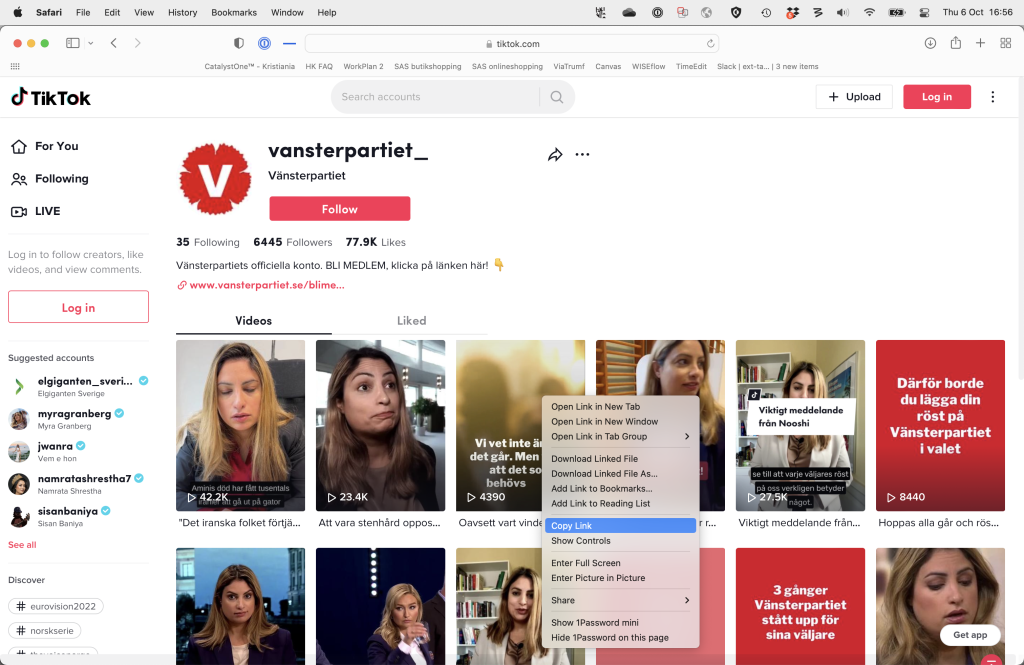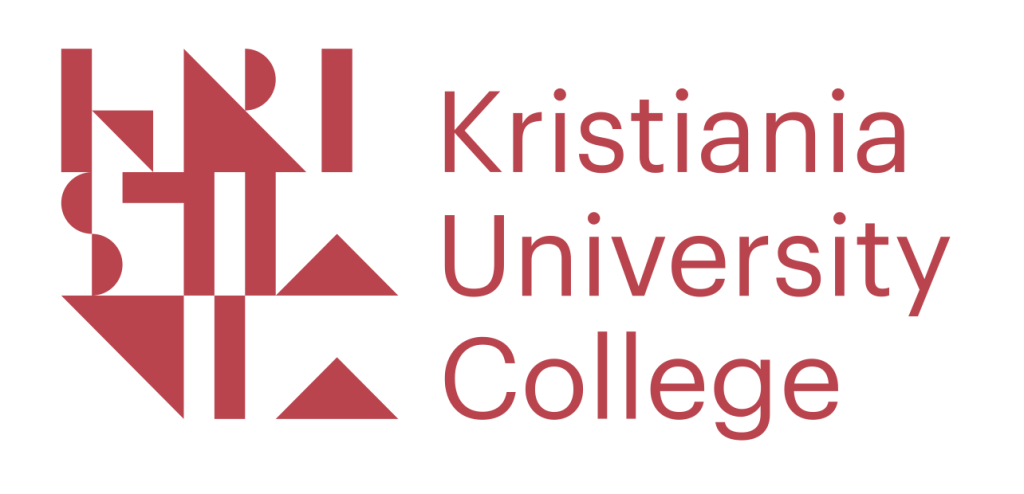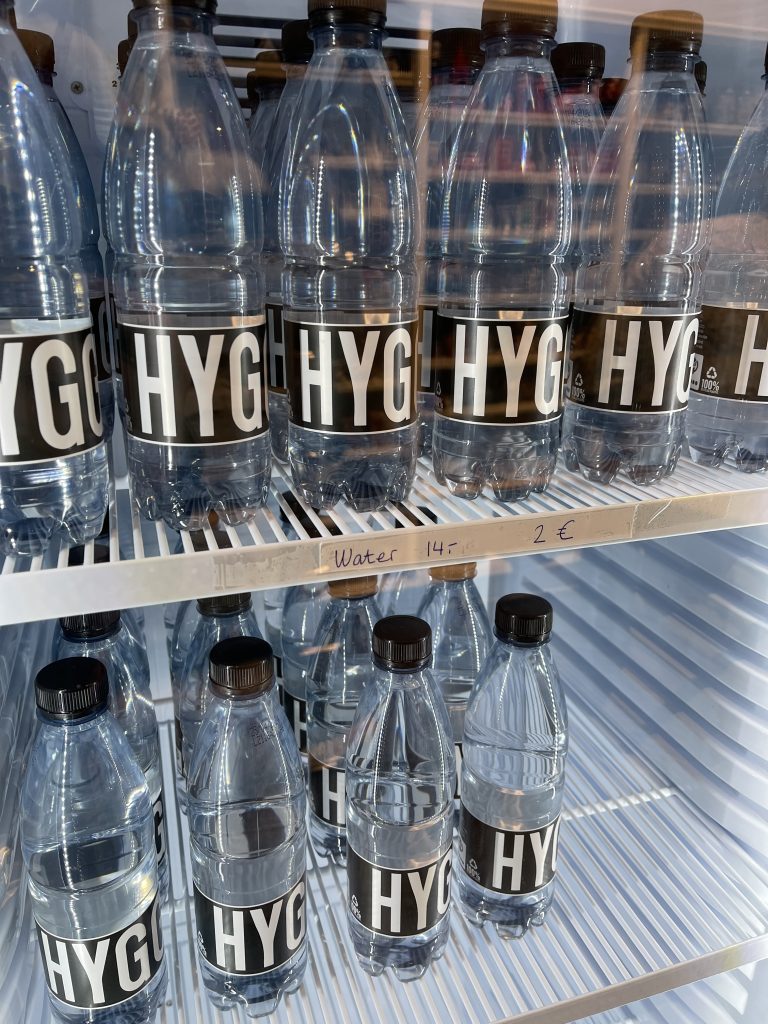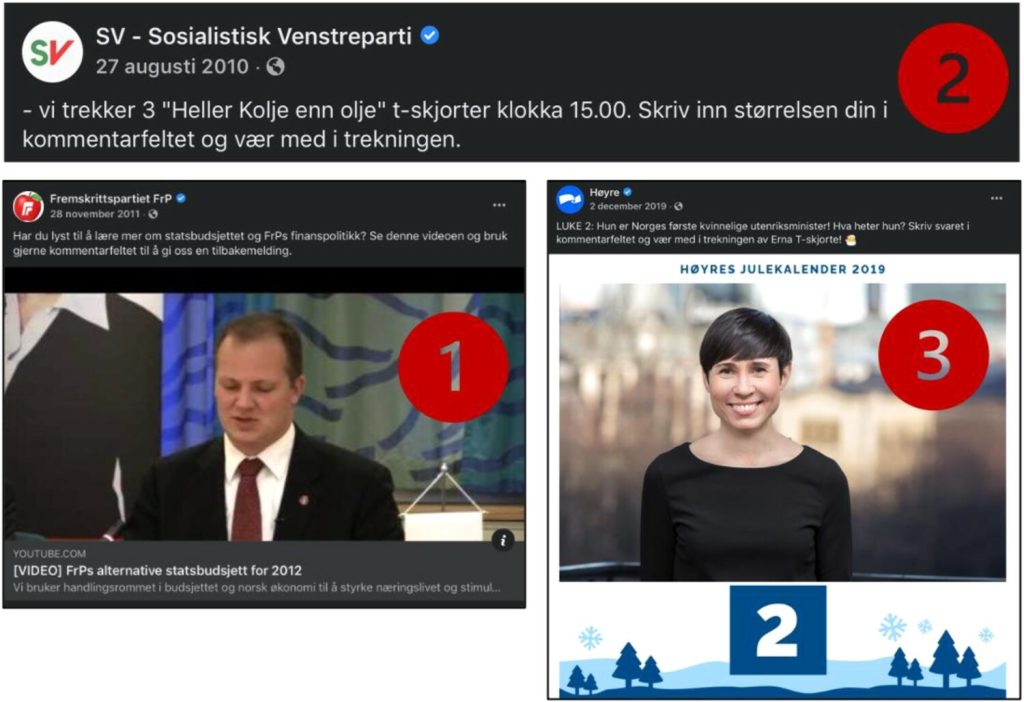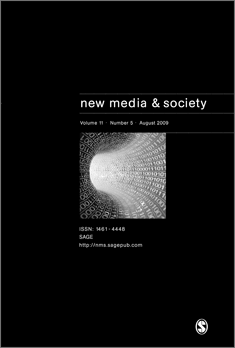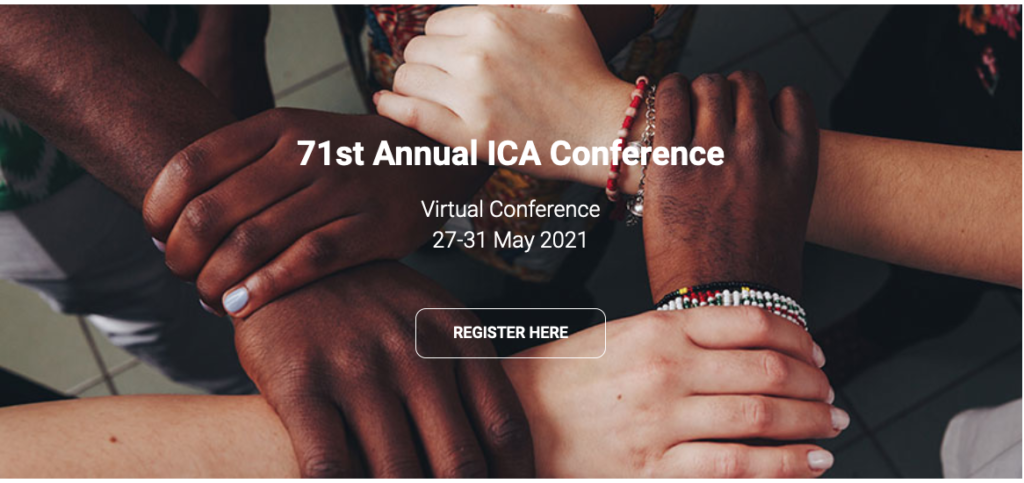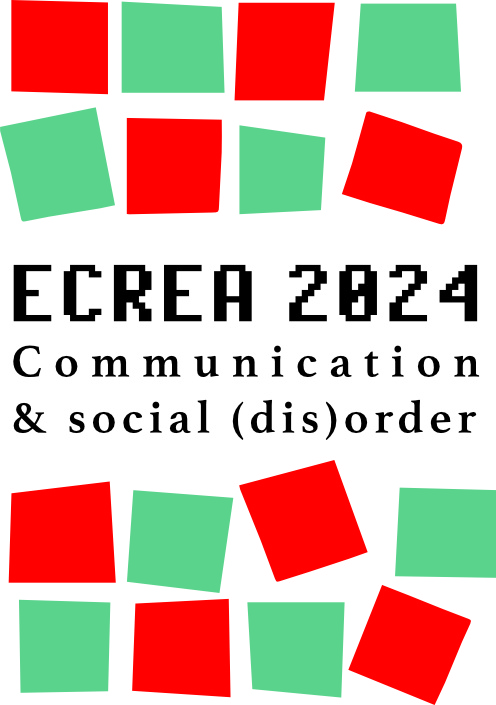
The biannual ECREA conference will take place in Ljubljana this year. The results from the peer review process just came out, and this year I have the pleasure of being involved in two presentations:
Buyens, Willem and Larsson, Anders Olof (2024). Links in the chain: Political parties’ online link sharing during campaign times in Belgium and Sweden. Abstract accepted for the 2024 ECREA conference. Ljubljana, Slovenia, 24-27 September.
Kalsnes, Bente and Larsson, Anders Olof (2024). “Anger is an Energy” – Anger, Love and the sharing of political posts on Facebook in Scandinavian elections. Abstract accepted for the 2024 ECREA conference. Ljubljana, Slovenia, 24-27 September.
… Also, there are two more presentations that I am involved in that are placed on a “waiting list” – given the apparent interest in attending the 2024 ECREA conference, my guess is those waitlisted papers will remain waitlisted. Oh well, win some, lose some.
